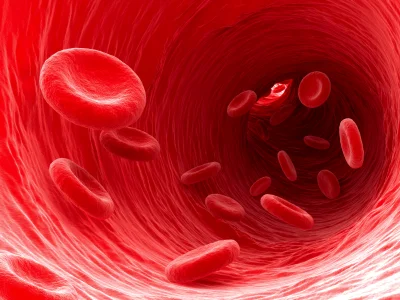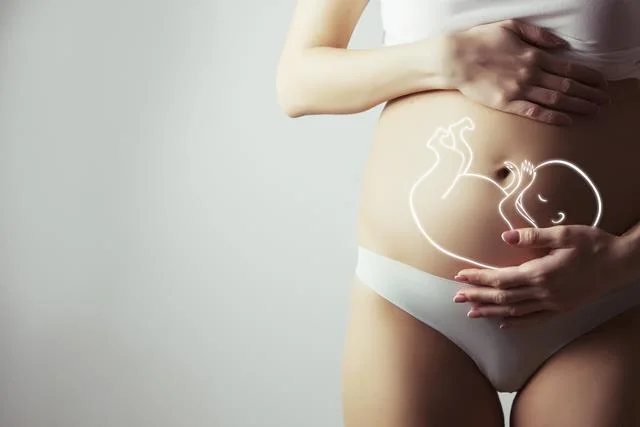The 12th week of pregnancy is the moment when the future mother starts to feel much better. It's all thanks to the stabilisation of hormone levels, and so the pregnancy discomforts disappear. It is also the right time for an ultrasound examination to assess the baby's body structure.
Although the gestational age is usually given in weeks, it is helpful to know which month and trimester you are in. This knowledge can be useful in various situations. Various calculators available for free on parenting websites can help with the calculations. All you need to know is the date of your last menstrual period. An expectant mother should know that the 12th week of pregnancy is the 3rd month and the 1st trimester.
The mood of the mother in the 12th week of pregnancy
In the 12th week of pregnancy, the mother’s mood improves significantly. Mostly unpleasant symptoms like morning sickness, vomiting and tiredness disappear. This allows her to concentrate fully on bonding with her baby. Thanks to oestrogen, you can notice a significant improvement in the condition of your hair, skin and nails. Moods are usually positive and libido also increases.
As at any time during pregnancy, so also in the 12th week, the future mother should pay attention to her diet. It is also possible to engage in physical activity. It is a way to prepare the body for birth and to improve mood. However, it should be kept in mind that not every pregnant woman can do sports, but that it is worth discussing this topic with the doctor beforehand.
Symptoms that may occur in the 12th week of pregnancy are:
- increased appetite
- dizziness
- heartburn
- constipation
An expectant mother may notice a dark line from the navel to the pubic symphysis. This is the linea nigra – a normal symptom in pregnancy.
Abdominal girth at 12 weeks of pregnancy
One topic of interest to expectant mothers is the size of the belly in the 12th week of pregnancy. Usually it is not too big yet, but you can already see a clear rounding of the figure. These changes are not always visible to outsiders. The pregnant woman can slowly think about changing her wardrobe. It is also important to remember that the size of the belly in the 12th week of pregnancy depends on the individual characteristics of the body.
What does the baby look like in the 12th week of pregnancy?
The development of the baby in the 12th week of pregnancy is progressing intensively. The baby has already developed internal organs. Now it is time for them to mature so that they can take over their function after birth. The nails and hair follicles appear and the skin takes on a pink colour. In the 12th week of pregnancy, the baby weighs about 15 grams and measures 6 centimetres. It looks more and more like a little person, all thanks to the fact that its face is forming. You can see the nose, the eyelids and the ears. The baby moves a lot. It reacts in this way to stimuli that come from outside. However, it is important to remember that the baby’s movements in the 12th week of pregnancy are not yet perceived by the future mother.
Ultrasound in the 12th week of pregnancy
The 12th week of pregnancy is a good time to have an ultrasound. The ultrasound is called a genetic ultrasound because the doctor looks closely at the baby’s body and assesses its size. The baby’s nuchal translucency is also assessed. If the nuchal translucency is increased, this is an indication for further investigations.
Can you tell the sex of the baby at 12 weeks of pregnancy?
Many parents want to know the sex of the baby as soon as possible. The 12th week of pregnancy is the time when the external male genitalia already begin to form clearly. However, it is impossible to see them on ultrasound – the baby is still too small to see all the anatomical details. For this reason, you should wait until the 20th week to determine the sex of the baby. The sex of the baby may be known earlier, especially if prenatal genetic testing is done. We are talking about tests that are based on a thorough analysis of the DNA. Such a test is done to detect trisomy and determine the risk of serological conflict.










